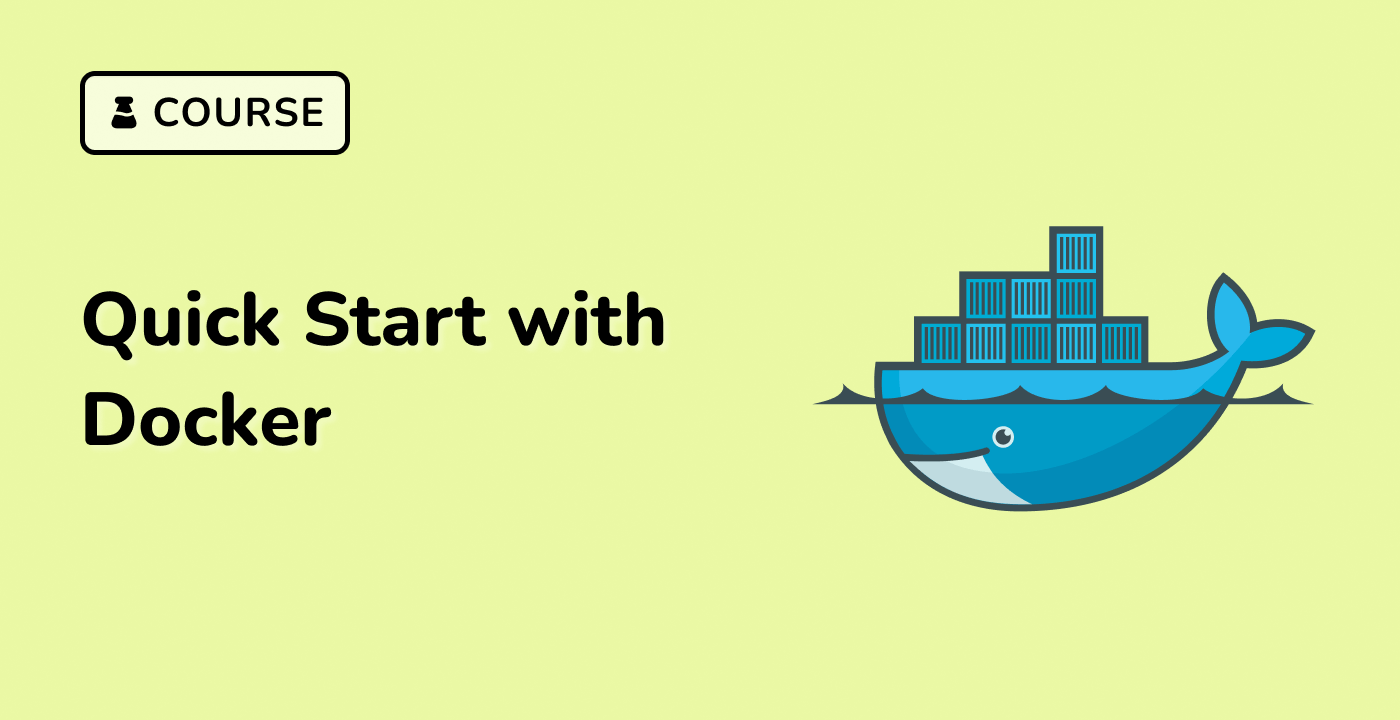Building Docker Images without Local Python
Understanding Docker Images
Docker images are the foundation for creating Docker containers. They are read-only templates that contain the necessary components to run an application, including the code, runtime, system tools, and libraries. When you run a Docker container, it is based on a specific Docker image.
Building Docker Images without Local Python
In some cases, you may need to build Docker images without having Python installed locally. This can be achieved by using a base image that already includes Python, and then adding your application code and dependencies to the image.
Here's an example of how to build a Docker image for a Python application without a local Python installation:
## Use a base image with Python pre-installed
FROM python:3.9-slim
## Set the working directory
WORKDIR /app
## Copy the application code
COPY . .
## Install the required dependencies
RUN pip install --no-cache-dir -r requirements.txt
## Set the command to run the application
CMD ["python", "app.py"]
In this example, we're using the python:3.9-slim base image, which includes Python 3.9 and a minimal set of dependencies. We then copy the application code into the container, install the required dependencies, and set the command to run the application.
To build the Docker image, you can use the following command:
docker build -t my-python-app .
This will create a new Docker image named my-python-app based on the Dockerfile in the current directory.
Deploying Docker Images without Local Python
Once you've built the Docker image, you can deploy it to a production environment without requiring a local Python installation. You can use tools like Docker Compose or Kubernetes to manage and orchestrate the deployment of your Docker containers.




